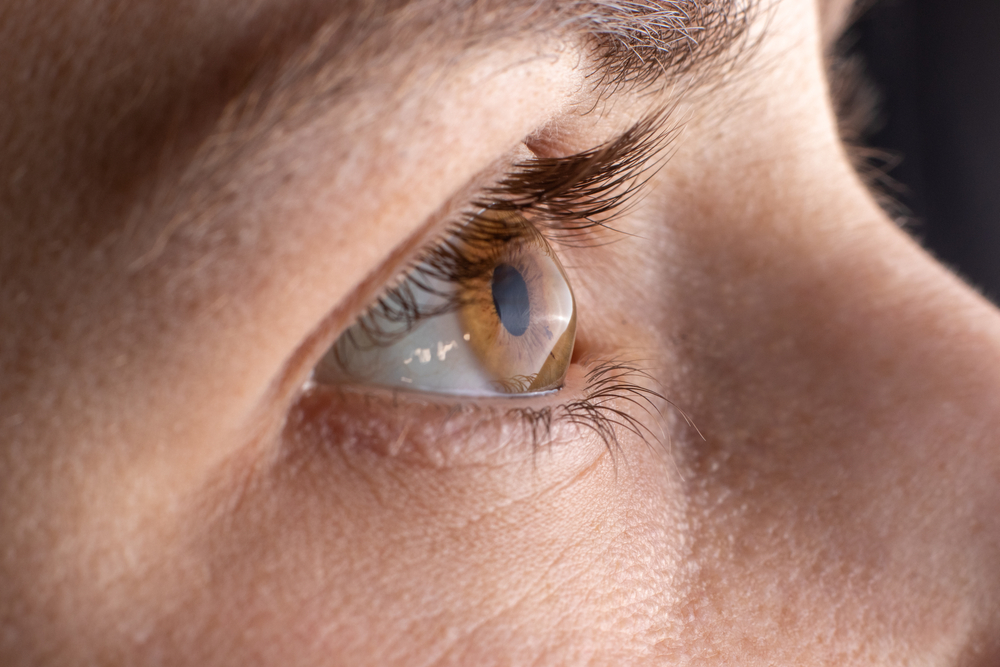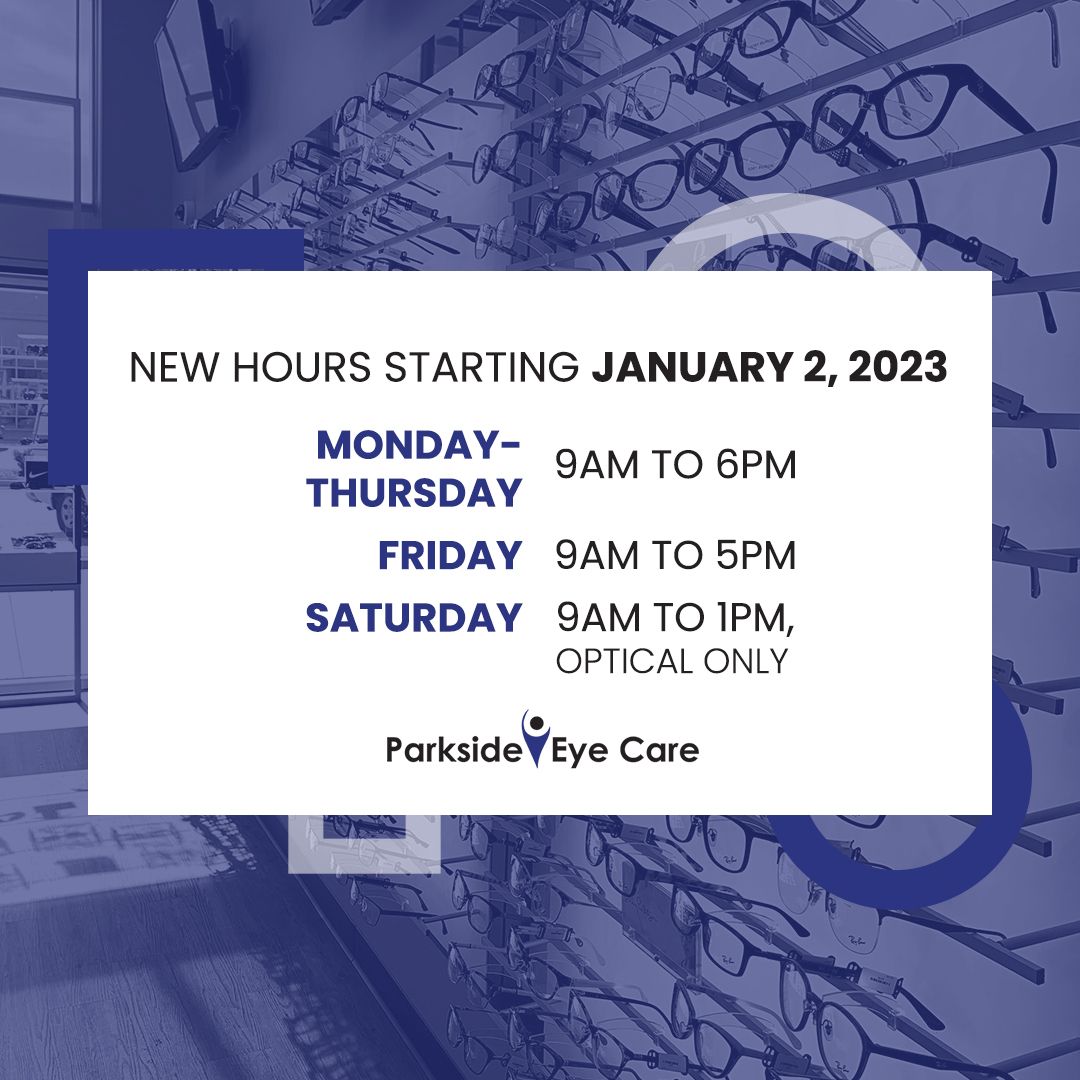
Keratoconus is a progressive eye disorder that results in the distortion of the cornea, the clear, outermost layer of the eye. This distortion is caused by a weakening of the corneal tissue that leads to a cone-like bulge. The change in corneal shape disrupts the focusing ability of the eye, leading to significant visual impairment.
The Symptoms and Effects of Keratoconus on Daily Life
The symptoms of keratoconus can have a significant impact on daily life. The most common symptom is a gradual decrease in vision quality, which can affect both near and distance vision. This can make everyday tasks, such as reading, driving, or watching television, more challenging.
Other common symptoms include light sensitivity, glare, halos around lights, and a constant need to change eyeglass prescriptions. Some people also experience a sudden, significant decrease in vision with swelling and scarring of the cornea. This is called acute corneal hydrops, a rare but severe complication of keratoconus.
Living with these symptoms can be frustrating and can negatively impact quality of life. It can lead to difficulties in performing daily tasks and affect one's ability to work or study. Additionally, the constant changes in vision can lead to eyestrain and headaches, adding to the daily challenges of living with this condition.
Strategies and Tips for Managing Keratoconus
Although keratoconus can be challenging to manage, there are several strategies and tips for managing keratoconus that can significantly improve your quality of life. The first step in managing keratoconus is getting a proper diagnosis and following the recommended treatment plan. Regular eye check-ups are crucial as the condition progresses over time.
In the early stages, corrective lenses such as glasses or soft contact lenses can help manage the symptoms. As the condition progresses, you may need to switch to rigid gas permeable contact lenses, which can provide sharper vision by creating a smooth surface in front of the cornea. In severe cases, a corneal transplant may be necessary.
Aside from medical treatments, practicing good eye hygiene can also help manage the symptoms of keratoconus. This includes avoiding eye rubbing, protecting your eyes from the sun, and using lubricating eye drops to soothe irritated eyes.
Adopting certain lifestyle changes can help manage the symptoms of keratoconus and slow its progression. One of the most important lifestyle changes is protecting your eyes from harmful UV rays. Wearing sunglasses with UV protection, even on cloudy days, can help minimize UV exposure.
Another crucial change is to avoid rubbing your eyes. Eye rubbing can exacerbate the corneal thinning and distortion caused by keratoconus. If your eyes are irritated or itchy, it's better to use lubricating eye drops instead of rubbing them.
A healthy diet and regular exercise are also beneficial for overall eye health. Foods rich in antioxidants and omega-3 fatty acids, such as fruits, vegetables, fish, and nuts, can help strengthen your eye tissues. Regular exercise can improve blood circulation, which can help nourish the cornea and other parts of the eye.
Embracing Life with Keratoconus
Living with keratoconus can be challenging, but with the right strategies, lifestyle changes, and medical care, it's possible to manage the condition and maintain a good quality of life. Remember, it's essential to have regular eye examinations, follow your eye care professional's advice, and take good care of your eyes.
To learn more tips for managing keratoconus, visit Parkside Eye Care at our office in Cary, North Carolina. Our goal is to treat you like family and give you an exceptional eye care experience. Call (919) 883-9987 to schedule an appointment today.














